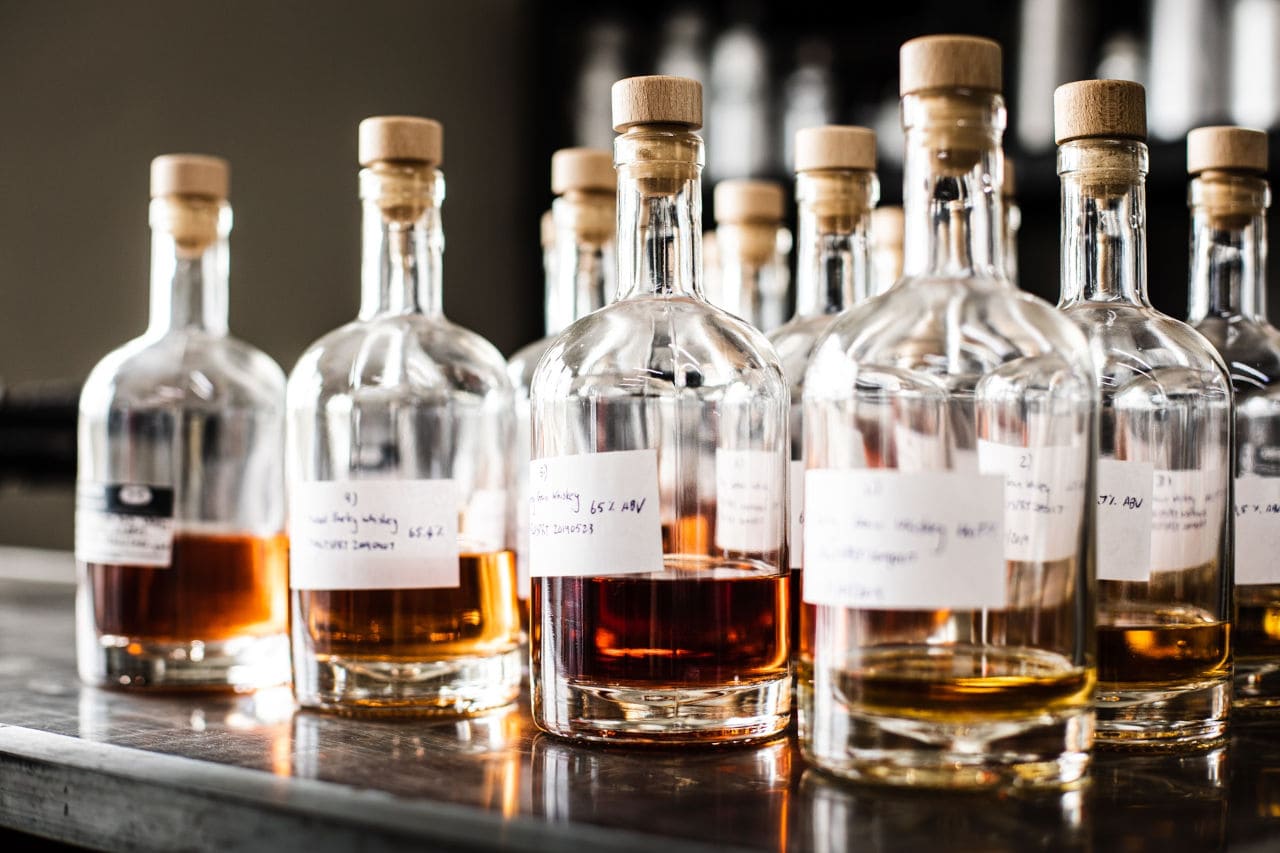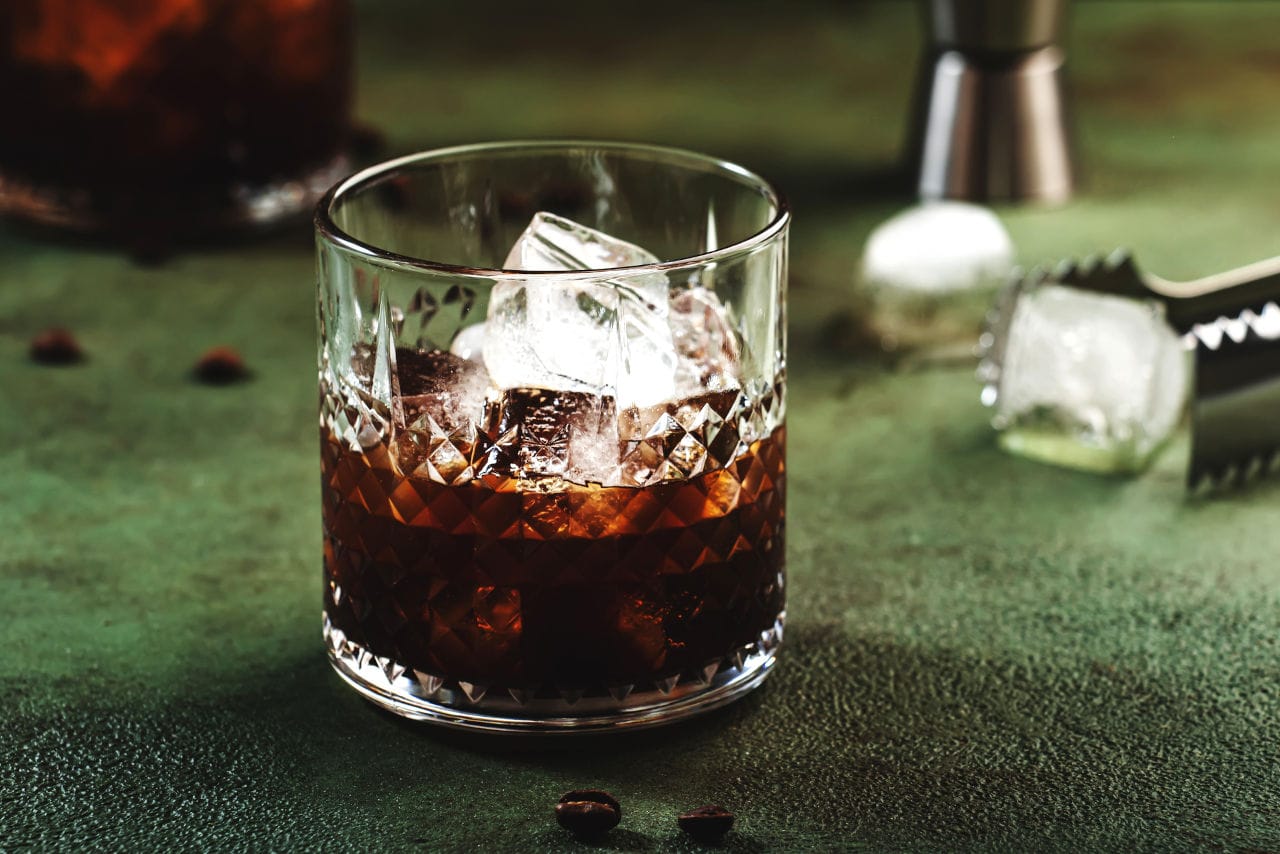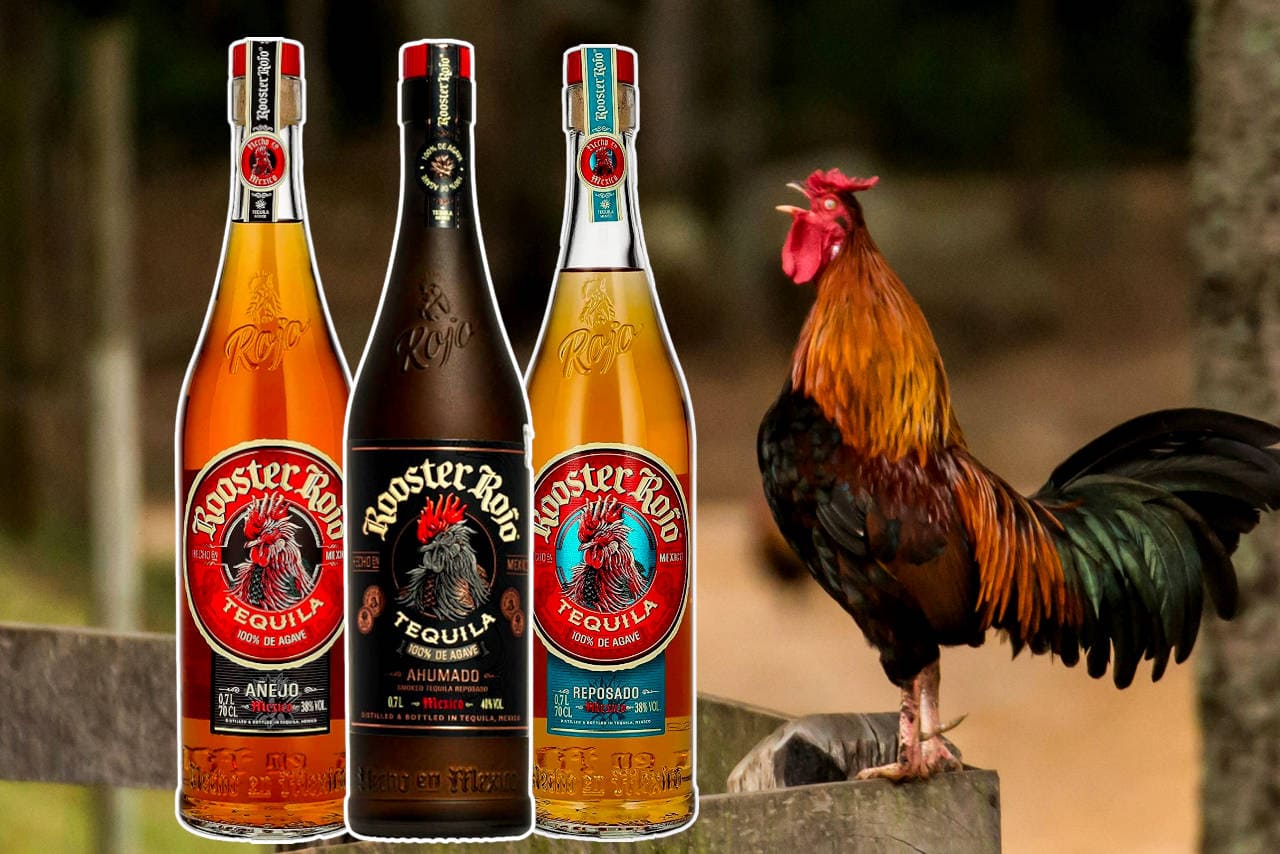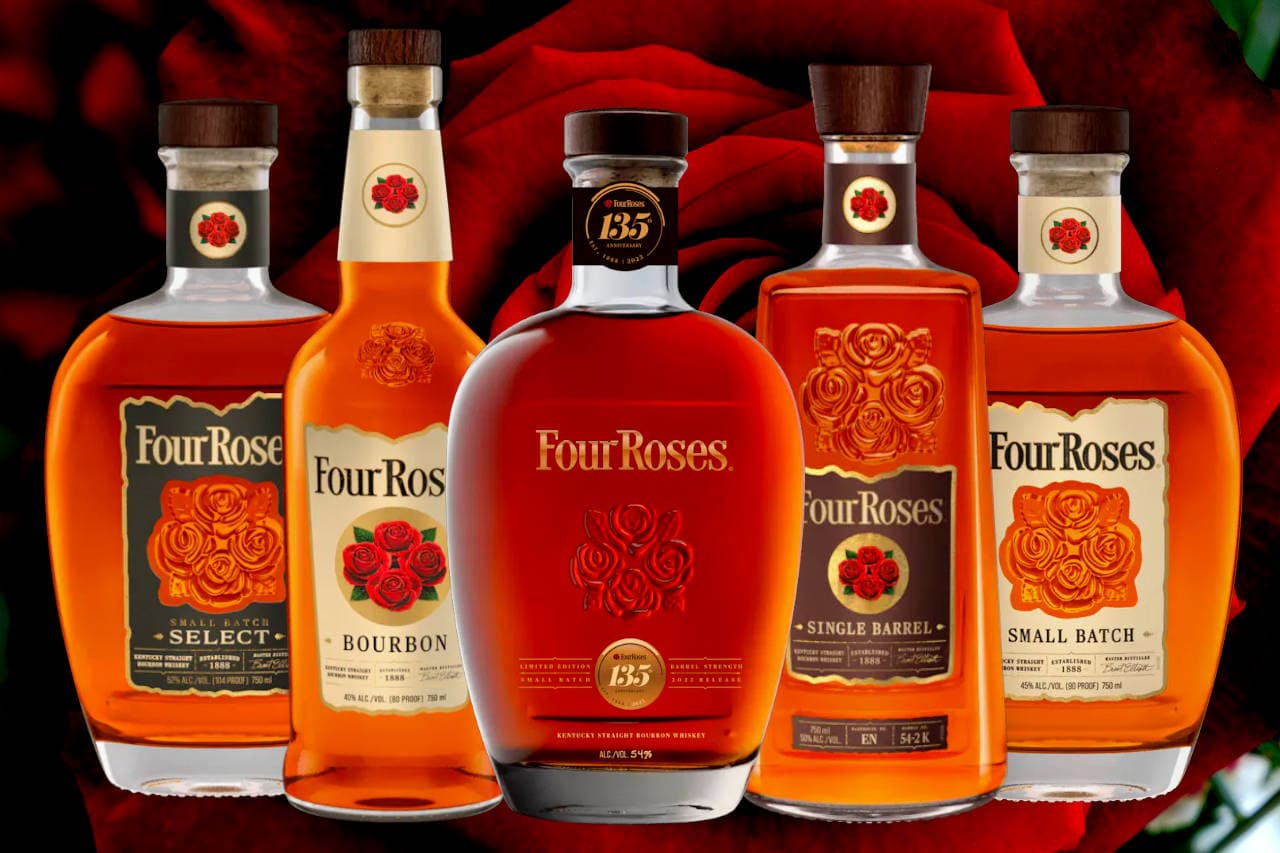No one can quite agree on the precise raw materials for whiskey, let alone how to spell it (with or without the ‘e’). But we know that there’s nothing quite like it, and to appreciate its character fully, a little know-how is required.
Although learning how to taste whiskey is an art in itself, you can be a complete whiskey newbie and thoroughly enjoy the process. With practice, you will soon be comfortable tasting whiskey and be able to appreciate the subtle characteristics of each blend.

How To Taste Whiskey: 7-Step Guide
So, arm yourself with a good whiskey or three and the correct glassware then you are all set to begin your journey. Let’s dive in.
1. Select Your Whiskey

The first step in your whiskey tasting journey is discovering a small selection to try. There are many types of whiskey from different parts of the world, so getting acquainted with the most popular whiskey-producing regions is a good idea. The main types are:
- Scotch whisky (spelt without the ‘e’) is either malt, grain or a blend of the two. Malt whiskies, often very peaty, come from six regions of Scotland: Highland, Lowland, Speyside, Islay, Island, and Campbeltown.
- Irish whiskey is typically triple distilled. These whiskeys are generally unpeated and may be either malt or grain whiskey.
- American rye whiskey is made with at least 51% rye mash. Rye whiskey has a dry, spiced character.
- Bourbon whiskey is made in the US from a corn-based mash and has a sweeter flavour profile.
- Tennessee whiskey is made in Tennessee and is essentially bourbon that has been filtered through sugar maple charcoal before ageing.
- Canadian whisky (spelt without the ‘e’) is usually made from a corn or rye-based mash.
- Japanese whisky (spelt without the ‘e’) closely resembles Scotch but has unique characteristics from the Far East.
2. Use The Correct Glassware

Now that you have selected at least one whiskey to taste, it’s time to discuss glassware. Most whiskey-tasting experts (sommeliers) use a stemmed glass to avoid their hands heating the contents of the glass.
The most recommended glass is the official Glencairn glass. The Glencairn glass has a stubby stem, a bulbous bottom, and a narrow mouth that concentrates the congener’s aromas and allows you to appreciate the whole bouquet of the whiskey.
And because of the shape, you can swirl and sniff your whiskey without spilling it everywhere. Steer clear of rocks glasses (tumblers) as they are inappropriate for tasting whiskey, allowing only the most aggressive aromas to reach your nose.
3. How To Serve
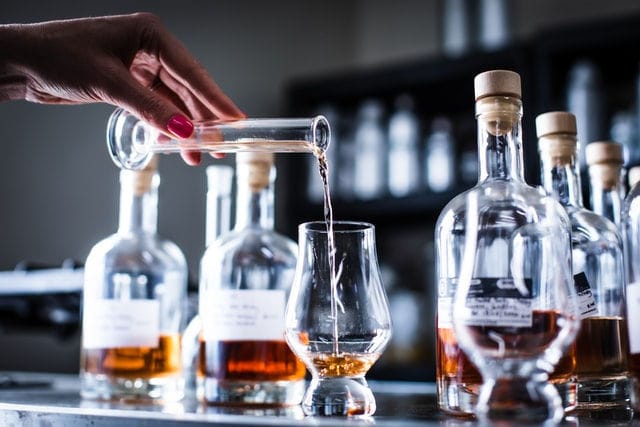
To properly taste whiskey, the best way to serve it is neat. That is, at room temperature, unmixed with anything else. Two ounces (50-60ml) is the usual serving size for neat whiskey.
You may want to compare several whiskeys, so you won’t be consuming as much if your goal is to taste each whiskey and make notes about it. Instead, pour half an ounce of room temperature whiskey into a Glencairn glass.
4. Whiskey Colour & Legs

Raise your glass to the light and admire the colour of the whiskey. This can tell you a lot about how long it has been aged and what sort of casks (deep golden in the case of bourbon; mahogany if distillers used ex-sherry barrels).
Observe the clarity of the whiskey. Certain compounds in whiskey (fatty acids and proteins) are soluble only above a certain ABV. Whiskeys with a lower ABV will be cloudy at lower temperatures or when you add water to them. This cloudiness is not a defect; it can be a sign of a full, complex whiskey.
Swirl the whiskey in the glass and watch the legs (or tears) that form due to alcohol having lower surface tension than water. Thicker legs that form more slowly indicate fatty acids (and, therefore, more flavour). If the legs move more rapidly, the whiskey will taste lighter and less complex.
5. On The Nose
The aroma of whiskey is just as important as the taste. Gently swirl your glass to let the aromas of the whiskey rise, and then carefully inhale gently through your nose with your mouth slightly open.
You are aiming to identify primary aromas (the type of grain used and its malting), secondary aromas ( from the distillation process), and tertiary aromas (from the ageing in wood barrels).
Heavier (peaty, earthy, and woody) aromas will remain near the bottom of the glass. In contrast, lighter (spicy, wine-like, and malty) aromas will be higher, and the most delicate (floral and fruity) aromas will be at the top.
6. On The Palate

It is said that tasting the whiskey merely confirms what the nose has already told you, and indeed you will find that as you taste the whiskey, you get a continuation of the impressions that began when you nosed it.
Avoid eating or drinking strongly-flavoured things before tasting, and drink some soft, neutral, room temperature water to clean your palate.
Breathe in while you savour the whiskey in your mouth – tastes such as bitter, sweet, salty, and so forth come from the tongue. In contrast, flavours such as smokiness and fruitiness come from the nose.
Take the whiskey in small sips, and roll it around your mouth. Pay attention to whether the whiskey is dry (due to tannins from oak) and whether there is any sweetness. Note the mouthfeel of the whiskey – does it cover your mouth the way it coated the inside of the glass when you swirled it?
Notice the structure of the whiskey – whether it has a beginning, middle, and end and the different flavours at each stage. Note down the impressions that come to your mind. Compare it with the effect it had on you when you nosed it.
Also, notice what happens after you swallow the whiskey – this is the finish. And finally, pay attention to what flavours are left on your tongue, whether new tastes come to the fore, and whether the finish is short, long, or somewhere in between.
7. Try A Splash Of Water

After smelling and tasting the pure whiskey at least once, you can try adding a splash of water to “open up” the whiskey before smelling and tasting it again.
Use a pipette or small spoon to add soft, still, slightly cool water a few drops at a time. Most experts recommend using spring water at around 60 degrees Fahrenheit. Add water slowly: the aim is to open up the whiskey, not break its structure or palate.

Expert Distiller Tip
We reached out to the rather incredible folks at Ironton Distillery and asked if their distiller could provide our readers with a top tip for tasting whiskey.

When nosing whiskey, keep your mouth slightly open and breathe in through both your nose and your mouth. This will prevent the burning sensation of ethanol and allow you to access the deeper notes of the whiskey.
When tasting, start with a preliminary sip to coat the pallet, followed by a larger sip to “chew” around to coat all areas of the mouth. This allows for all of the flavour receptors to be represented and will get you the entire profile of the product.


Conclusion
You should have gained a pretty good understanding of the various aspects of how to taste whiskey. Don’t forget to apply this knowledge to sampling the next bottle that comes your way.
Glenfiddich is an excellent brand that is widely available. For beginners, I recommend comparing the Glenfiddich 12-Year-Old with Glenfiddich 18-Year-Old as those 6 years make a real difference! Check out my article on 7 Glenfiddich Whiskies For Single-Malt Lovers.
Whiskey is a rich and varied spirit with an incredibly complex flavour profile, no matter the type of whiskey in question. Learning to appreciate this spirit fully will enable you to enjoy it more and lead you on a quest to discover new examples of this exciting and timeless drink.
I have noticed that learning how to properly taste whiskey means even my favourite whisky cocktail, the Old Fashioned, is a more refined taste experience.

Further Reading
Below are some additional articles from The Drinks Geek blog. We write articles on several fascinating areas of drinks, including different brands, drink types, cocktail recipes and more.

